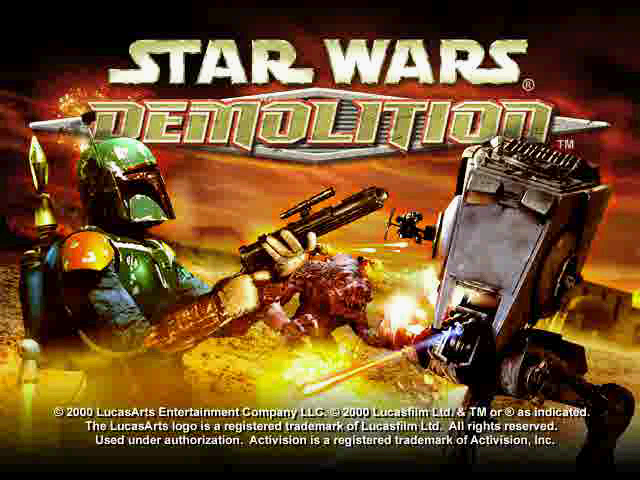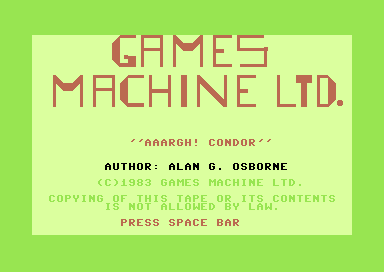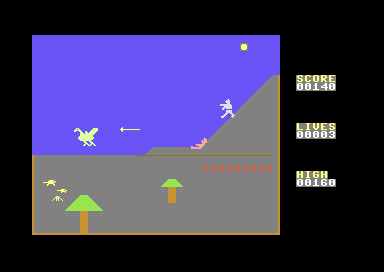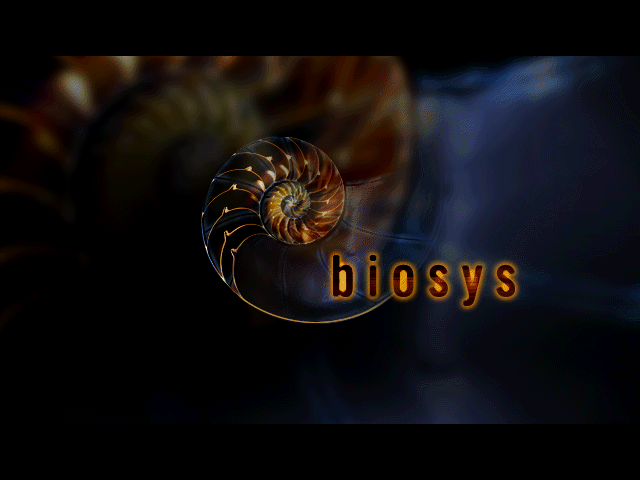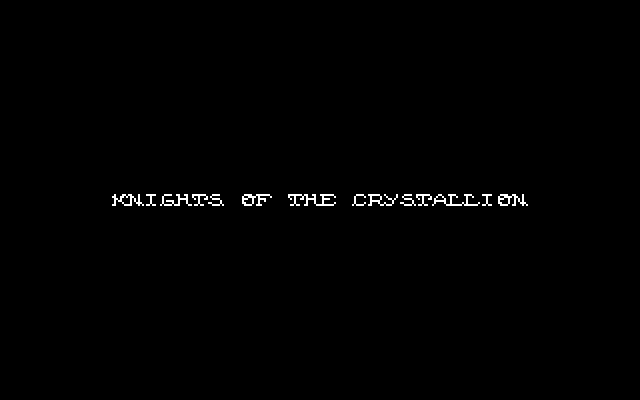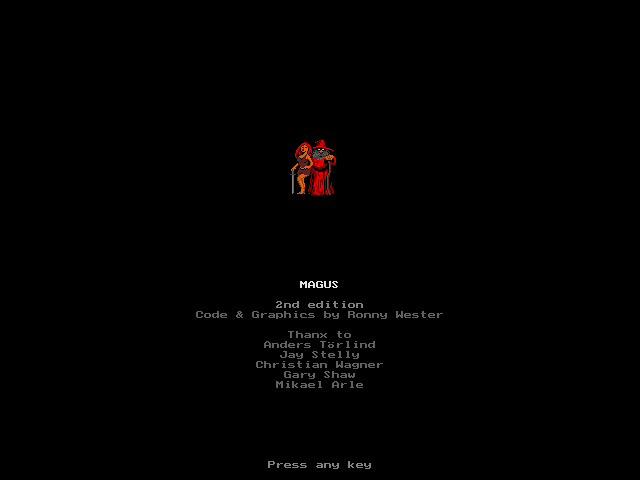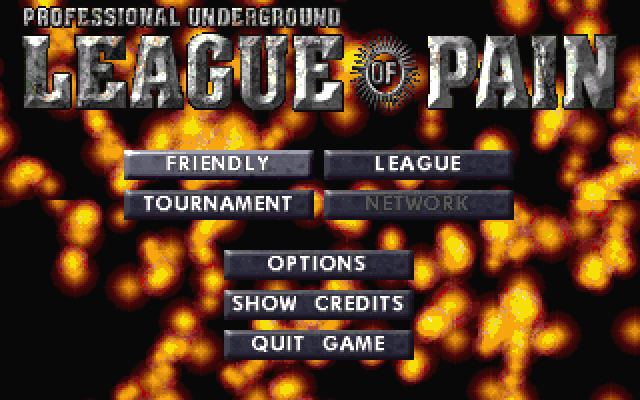Temporary leave 
Hi everyone. In light of recent events, I’m taking a mental health break. I understand and appreciate the interest this topic received this week, but I went about it the wrong way and I regret possibly causing additional damage. I’m sorry, and I’m stepping away for a bit.
I want to repeat what I said in an earlier post: Although I’m glad more historical games will be available, this isn’t a sustainable way to preserve games. Leaks play a role in getting things out, but they’re not a healthy foundation for a gaming culture that values preservation. There’s often a tense relationship between private collectors who value rare games and folks who want to release things online. We’re all in this together, and to preserve our shared cultural history, we need to build trust.
Private collectors have saved historical objects that otherwise might’ve been lost, and rather than demonizing people who are reluctant to make their collections available, we have to collaborate with them on the importance of preservation. Folks like Joseph Redon are doing incredible work bridging the cultural differences between Japanese collectors and game preservationists. By the same token, we also need to show patience and understanding when things aren’t immediately available. Sometimes there are good reasons; many prototype or development materials have only been preserved because they were provided to a person or museum that restricted their access. Trust is difficult to built, and it takes time.
UPDATE 6/8: I recognize the interest that the recent game leak has generated. I’ve chosen to no longer be involved in this situation. On further reflection, I think it’s the ethically right thing for the long term of game preservation not to release anything else from this collection now. I hope we can use the events of this week to start a necessary conversation about the relationship between collection and preservation. Preservation is a long-term goal that we have to cooperate on.
In the meantime, I’m going to continue to take time off from all this for my well-being. Looking forward to coming back later.


